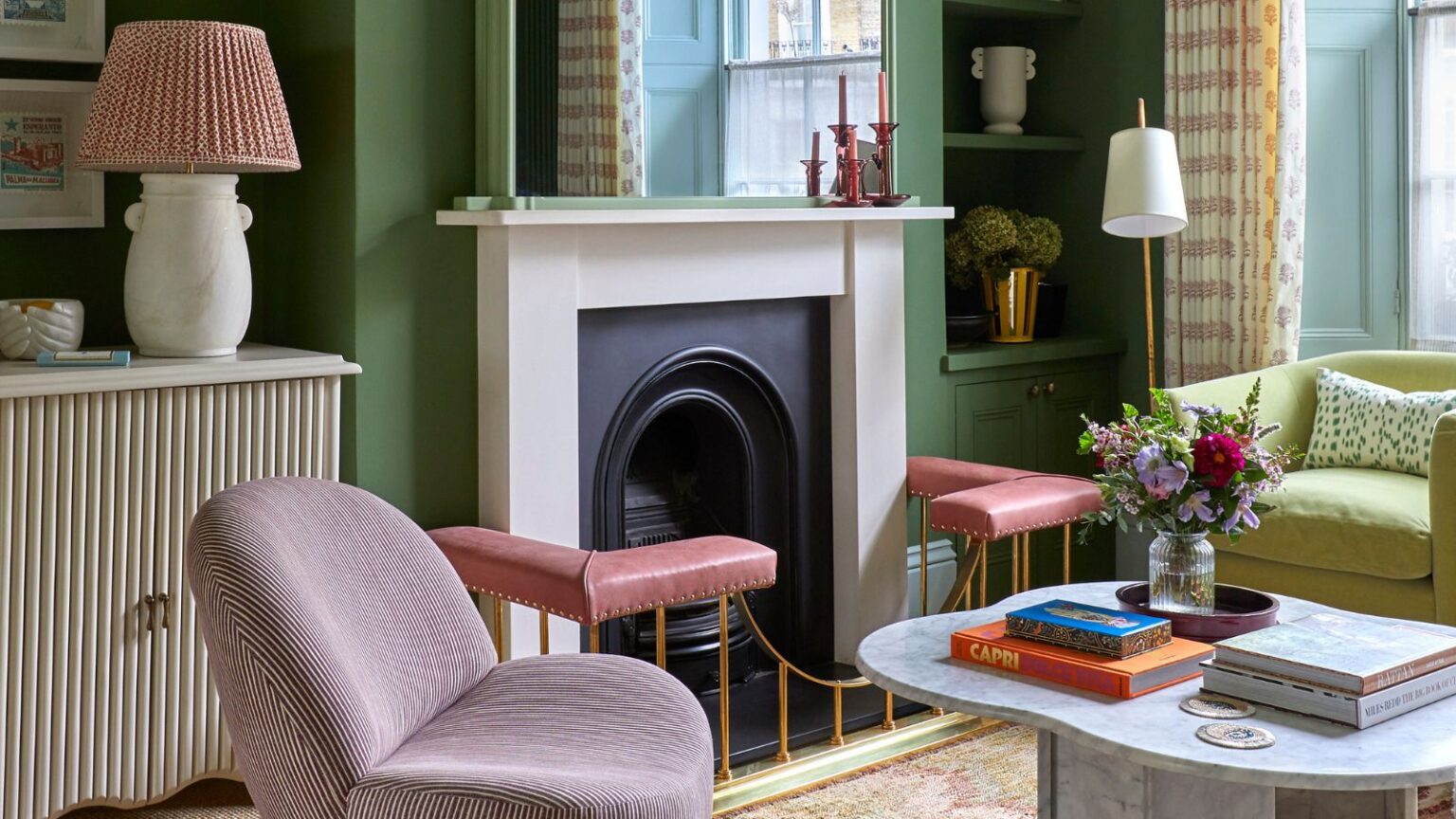Step into a room that just feels right. Maybe the lighting hits just so, maybe the colors hum in harmony—but more often than not, it’s the furniture that brings it all together. Not just what’s there, but how it’s there. Does the shelving vanish into the wall like it was born with the house? Or do the pieces seem collected over time, each one with its own footprint, its own whisper of story?
This quiet tug-of-war — between furniture that’s locked in place and pieces that move with us — defines more than just aesthetic. It shapes how we live. Built-ins make a room feel sculpted, intentional. Freestanding furniture offers freedom, spontaneity. But which wins? The question isn’t just style. It’s lifestyle. Are you designing for right now… or for what’s next?
When Furniture Becomes Architecture
There’s a kind of quiet magic when furniture stops looking like something you bought and starts looking like something that belongs. Built-ins, at their best, blur the line between object and structure. A wall of bookcases that meets the ceiling with no shadow gap. A window seat whose drawers catch the light. A desk that folds away behind a panel, smooth as origami.
These aren’t just pretty tricks. Built-ins carve order from chaos. They make use of dead zones — under stairs, in narrow hallways, between awkward columns. They stretch storage vertically, multiply surfaces, and lend homes a sense of custom calm. It’s the difference between a room feeling “furnished” and feeling finished.
There’s also lasting value. Prospective buyers often admire built-ins as a sign of care and intention. Custom joinery in a living room or integrated cabinetry in a kitchen doesn’t just look refined—it becomes part of the home’s DNA.
Consider the banquette: a built-in bench along a kitchen wall. It makes narrow dining areas feel cozy, and when paired with a hidden drawer or lift-up seat, it doubles as storage. Or think of a wall-spanning headboard that includes nightstands, reading lights, and even bookshelves—all in one cohesive plane.
But built-ins come with strings. They’re rarely cheap. Even modest additions require carpentry, planning, and a bit of faith that you won’t change your mind. They tie you to a layout and challenge spontaneity. A built-in desk might be perfect today — but what if that room becomes a nursery next year?
Commitment, in this context, is both the blessing and the burden. You gain intention, you sacrifice flexibility. Built-ins ask you to know yourself — or at least to know what kind of life you want your home to hold.
The Power of Movement
There’s something energizing about being able to move a chair, rotate a couch, or swap out a coffee table on a whim. Freestanding furniture feeds our instinct to tinker. It invites us to experiment, to reframe the same space with a new layout, a different energy.
Maybe that’s why people cling to their modular sofas and mid-century sideboards. They’re not just objects — they’re permissions. A freestanding piece says: “Today, you can change your mind.”
For renters, frequent movers, or people in transition, this flexibility is everything. Freestanding pieces travel with you. They don’t lock you into a plan, and they don’t punish you for wanting a fresh perspective every few months.
There’s also the emotional lightness. Unlike built-ins, which feel final, freestanding furniture feels forgiving. Want to angle the armchair for morning light? No problem. Found a beautiful vintage console that doesn’t quite match anything else? Who cares — it stands on its own.
Of course, this freedom has a price. Rooms built around only freestanding items can feel chaotic or incomplete. Gaps appear. Corners go cold. Styles can clash if not curated with care. Without the anchoring influence of a built-in, it’s easy to slip into a design soup of “nice things” that don’t speak to each other.
Still, freestanding furniture gives us breathing room — literally and figuratively. It grows with us, and more importantly, it allows us to grow without penalty.
Hybrid Thinking
The smartest spaces rarely choose one side. They borrow from both worlds.
Walk into a well-designed restaurant, and you’ll see it instantly. There’s the built-in: a plush banquette hugging the wall, service stations seamlessly tucked into recesses, lighting stitched into architecture. But there’s also motion: dining chairs pulled out and slid in, tables pushed together for large parties, stools that can be tucked away when not in use.
Restaurant furniture does more than seat guests—it responds to them. And that blend is worth borrowing.
At home, hybrid layouts solve more than just design problems. They reflect how we really live: sometimes consistent, sometimes restless. A built-in kitchen bench can ground a space, while freestanding dining chairs make room for extra guests—or a quick switch to something new. A custom bed nook can feel warm and sculpted, but paired with loose nightstands or movable lamps, it gains a dynamic edge.
Zone-specific thinking helps. Maybe the mudroom gets a built-in cubby system, tight and tidy. But the entry hall? That’s where a vintage coat stand or freestanding console breathes character into the space. The trick is knowing where to root—and where to let float.
Hybrid thinking also honors time. You might not be able to renovate everything right away. Starting with movable furniture lets you adapt while you save or plan. Later, you might decide that yes, that alcove really does deserve a permanent desk after all.
Designing for Life, Not Just for Looks
Our homes aren’t galleries. They’re lived-in ecosystems. They creak and settle, fill with socks and sippy cups, birthday cards and takeout boxes. They grow not just with us, but around us.
Design, then, has to follow life—not the other way around.
Built-ins give us structure, ritual, the reassurance of a place for everything. Freestanding pieces let us wander, rearrange, redefine ourselves as we go. Most of us need a bit of both.
That’s why the question isn’t about which “wins.” It’s about what serves your rhythm. Do you read in the same corner every day? Maybe a built-in bench makes sense. Do you rearrange furniture when the seasons change? Go freestanding. Do you host a weekly dinner with changing headcounts? Combine a solid, built-in banquette with chairs you can stack, slide, or swap.
As our homes stretch to accommodate more — remote work, hobbies, growing families, aging parents — the need for furniture that responds grows too. And often, the best layouts borrow a page from public spaces. After all, the most thoughtfully designed restaurants don’t just look good; they function beautifully, adjusting to flow, crowd, and time of day. A well-placed piece of restaurant furniture doesn’t just sit there—it supports the whole performance.
Designing a home should feel the same: not like setting something in stone, but like tuning an instrument to suit your song. That’s the sweet spot. Not permanence for permanence’s sake. Not freedom with no anchor. But a place that knows when to hold still — and when to move with you.
And maybe that’s the secret: the best furniture doesn’t just fill space. It makes space. For who you are. And who you might become.
Want more insights? Keep visiting Lotology for the latest updates and information!

